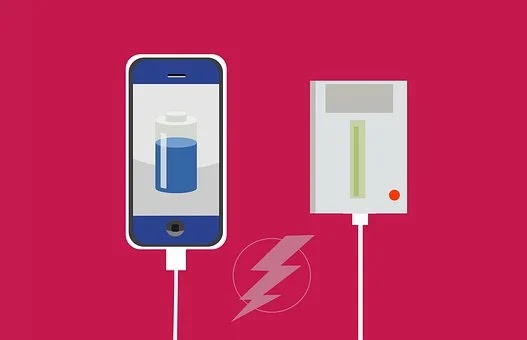Top 7 Things to Keep in Mind When Choosing a Power Bank
Smartphones are become a daily requirement for both business and personal use. There are new versions that offer greater features, a larger battery, and an OS that is smarter every year or so.
In actuality, there are now even more aspects to take into account when purchasing a new phone.
While those suggestions address the many smartphone buying options, another nearly inescapable purchase will come after the accessories. The top smartphone accessories for any potential owner include screen protectors, protective cases, and even power banks.
If you are unsure of how to choose a power bank because many phone batteries can still run out of juice before the day is up, let’s look at three criteria.
How to Choose a Power Bank?
We all know how dissatisfying it is when you depend on your own smartphone so much while you are out and about and the power suddenly cuts out like a betrayer, leaving you with nothing but a frustrated and irritated sensation. However, a handy device called a power bank exists that allows you to charge your phone or tablet while you’re on the move and avoid such stressful circumstances.
Okay, so now that you know the answer, a question may arise in your mind about which option to choose and, more significantly, what qualities you should consider before making a decision. Let’s start with the things you need to keep in mind to get greater clarity on this deciding on a power bank.
The type of power bank
You can choose a power bank based on your needs and budget from the many various varieties available on the market. Power banks today don’t merely have cable connections for charging. They are all different sizes and forms. A second battery’s worth of power is provided by protective charging cases like the MiLi Power Spring 5. In comparison to other types, these may be attached to iPhones and are easier to carry.
However, if you intend to store them at your homes or workplaces in case of calamities like typhoons and power outages, you may require larger models. For prolonged use, these often have larger amperages. Several USB connections are included on some of these larger models so that numerous devices can be charged together.
Capacity
When it comes to the power bank, capacity is crucial. If you visit any online power bank seller, you may find a wide selection of power banks with usual capacities of 2600 mAh, 5200 mAh, 10400 mAh, or even higher. In terms of capacity, it would seem logical to get the largest power bank available. However, while larger power banks may offer greater charging choices, their size and price will also increase as they become larger. Therefore, it is advisable to first recognise your needs and then act accordingly.
Let’s say you had a smartphone with a 2000 mAh battery, in which case you would be content with it. In such situation, an 8000 mAh power bank would work just well since it can charge your smartphone completely three times with one full charge of the power bank. Remember that it is 8000 (2000*3/0.75 mAh) and not 6000 (2000*3) mAh. The conversion rate of the power banks as a whole, which in this case is 75%, is defined as 0.75.
Fast charging
The time it takes to charge increases with capacity. The typical charging times for these batteries range from five hours for lesser capacity batteries to up to 22 hours for greater capacity batteries.
Number of USB ports
Several USB ports are taken into account for largely the larger capacity power banks (usually having a capacity greater than 10400 mAh). If you have numerous devices to charge, such as two cellphones or a smartphone and a tablet, you must be concerned about this aspect. You would be able to charge two or more gadgets at once using this power bank capability.
Pass-through charging
Have you ever wondered if you could use the power bank to both charge your smartphone and it? In general, the answer to this question is no, with the exception of the power bank, which has a pass-through charging feature. For instance, the Honor 13000 mAh power bank has a feature that allows you to charge a phone while it is connected to a device that is already charging itself.
Input Rating
Powerbanks typically have a 1A or 2A input rating. The reason you should care about this is that the power bank’s input rating indicates how long it might take for it to recharge on its own. As a typical illustration, charging the well-known Mi 10400 mAh power bank with a 1 A charger takes over 10 hours, whereas charging it with a 2 A charger only needs about 6 hours. Another thing to keep in mind is that not all power banks offer a 2A input option. So if you want to avoid a slow self-charging power bank, it is best to get one with a higher input rating.
Output power rating
The output power rating similarly impacts how quickly a connected device charges when using a power bank. The standard possibilities in this situation are likewise 1 A/5V and 2.1 A/5V. However, there is one little consideration to keep in mind: in order for your smartphone or tablet to charge quickly (despite the majority of tablets have a 2A power snatching capability), it must also have a high power drawing capacity.



